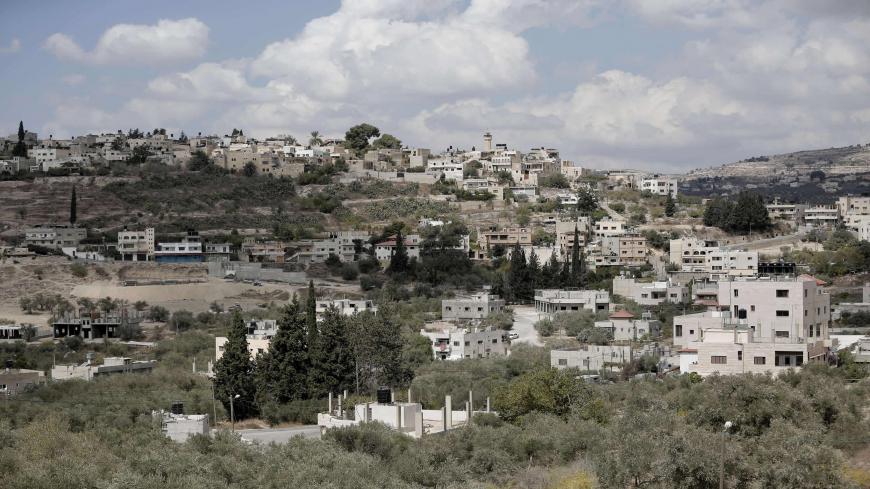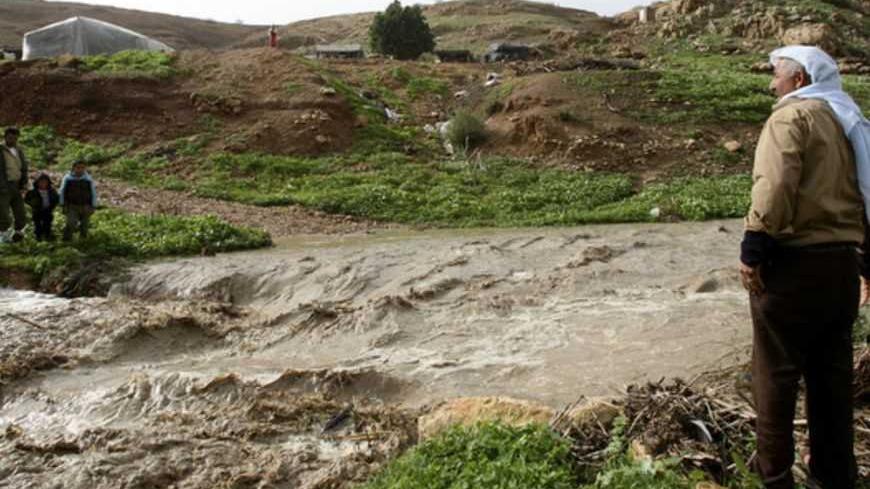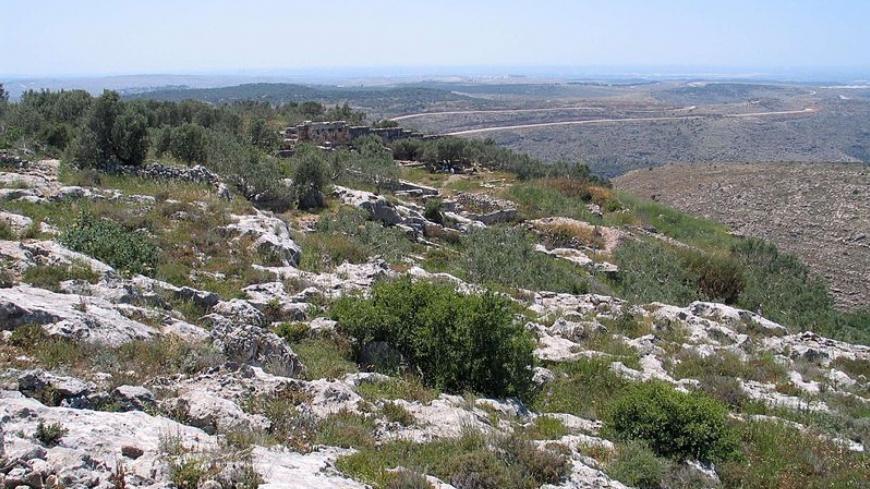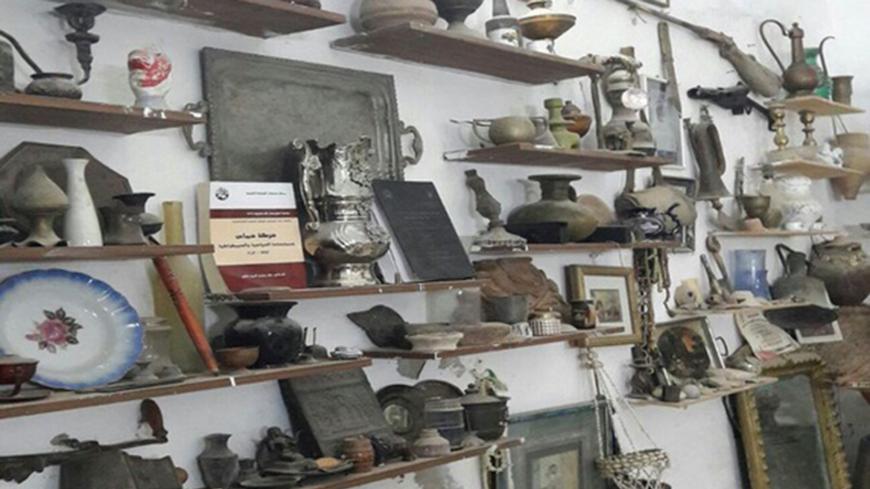Palestinian historical city of Sebastia besieged by settlements
Palestinian officials have been attempting to add the West Bank’s historical city of Sebastia on UNESCO’s World Heritage List to protect it from alleged Israeli violations.

At the intersection between Nablus and Jenin in the West Bank, specifically between the fields of corn and cypress and almond trees, different civilizations intermingle in a town that took on importance in 876 B.C. In Sebastia, Canaanites settled, and statues like Rhodes Andreas line the tunnels.
The Roman, Greek, Farsi, Assyrian and Ottoman empires left their mark on the cathedral in the city center through columns, palaces, towers and antiquities. The cathedral was built during the Byzantine days in the 12th century B.C., and French engineers rebuilt it to breathe life into it. It still stands to this day.










